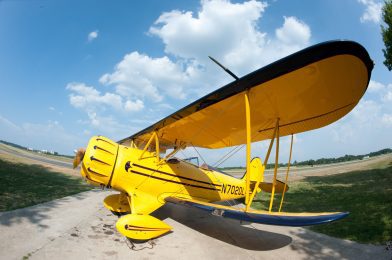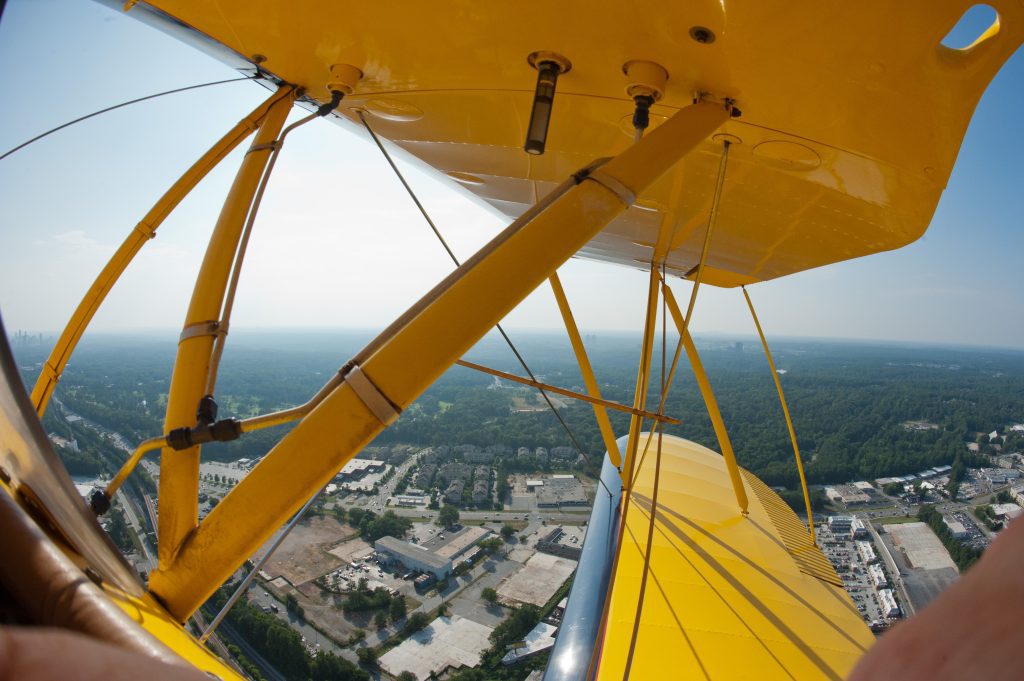There are a couple things a photographer must think about when it comes to their clothing: 1) comfort and 2) pockets.
 |
| Tropical Vest/Jacket goes for $120 |
The Vest
The travel vest is one clothing item that has been very popular with photographers. Today there are more options. I have a friend Garret Rutherford that really has me thinking a lot about style. When I was really young I didn’t care at all about it, I just wanted to stay warm or cool. I think you do need to be aware as a photographer what you look like because it will affect your pictures.
Just like camouflage helps a photographer blend into the forest so as not to scare aware animals they are trying to photographer there are appropriate types of clothing that help you be understated in different environments.
[youtube https://www.youtube.com/watch?v=D3yVZS16QFE]
Here is a new jacket to the market that can help you carry some items, is breathable material and is fashionable for the photographer. Here is a link to buy it and a video to show you it in use.
[youtube https://www.youtube.com/watch?v=gS9hUnp-c7c]
Shirts and pants
 |
| ExOfficio Bugsaway Halo Check Shirt |
My favorite store for travel clothing is REI. They carry the ExOfficio Bugsaway clothing. It has an odorless Insect Shield® Repellent Apparel helps keep biting and potentially disease-carrying insects at bay and shirt also provides UPF 30+ protection from the sun. After about 70 washes you have to retreat the clothing. A trick a friend taught me that with most other clothing without the bug repellant you can just spray your collar and edge of the sleeves–it will keep the bugs out.
For me I like that the fabric dries fast so you can wash the shirt in a sink and wear it again only a few hours later. This is important going to some places in the world where you don’t have washer and dryers available.
They make pants as well and you can get pants that look very similar to dress pants or cargo pants if you need more pockets for all that camera gear.
Here is a little video showing the shirt.
Hats
 |
| REI Vented Explorer Hat |
When you are traveling and out side a lot you need to protect your head–especially if you are follically challenged as I am.
I look for material that wicks away moisture and helps keep me cool. This REI Vented Explorer Hat has a polyester inner headband that wicks moisture away from your brow and speeds the evaporation process and therefore works like an air conditioner for your head.
While baseball style caps can keep the sun off the head I like to put my ears and most of my neck in the shade as much as I can. When I moved to Fort Worth to live from Long Island, NY my friends told me the difference between the sun and shade felt like a 20° difference. My thought is use my hat to create that cool shade for my head.
Shoes
One of my friends who shoots around the world was asked at a camera club meeting what was the most important piece of equipment for his work–his shoes he said. If I have the right kind of footwear I can then get to the place to make the photo.
 |
| Vibram FiveFingers KSO Multisport Shoes |
While I haven’t bought the Vibram FiveFingers KSO Multisport Shoes I do think they are a great visual to make my point. A shoe that is comfortable and fits well will let you do just about anything. While these might be comfortable and great for the athlete, I would recommend another shoe for most photographers–we tend to be still and not needing to run while taking photos.
The Keen Bidwell Slip-On Shoes are great for travel through airport security, they look a little more low key than the Vibram FiveFingers. The shoes also have KEEN.CUSH™ footbeds contain polyurethane and memory foam to provide ample cushioning and support.
 |
| Keen Bidwell Slip-On Shoes |
Look at your shoes first for comfort and then for fashion so you can blend in with the crowd.
What tips do you have for folks about clothing for the photographer? You can share them below in the comments.
 I just got a copy of Truett Cathy’s book Wealth is it Worth it?
I just got a copy of Truett Cathy’s book Wealth is it Worth it?








 I have been taking some time thinking about connecting with audiences. I bought an iPad this week because one of my clients has started to issue these to their people to use. I found out that I needed be sure the work I was producing was working on it.
I have been taking some time thinking about connecting with audiences. I bought an iPad this week because one of my clients has started to issue these to their people to use. I found out that I needed be sure the work I was producing was working on it. 




























